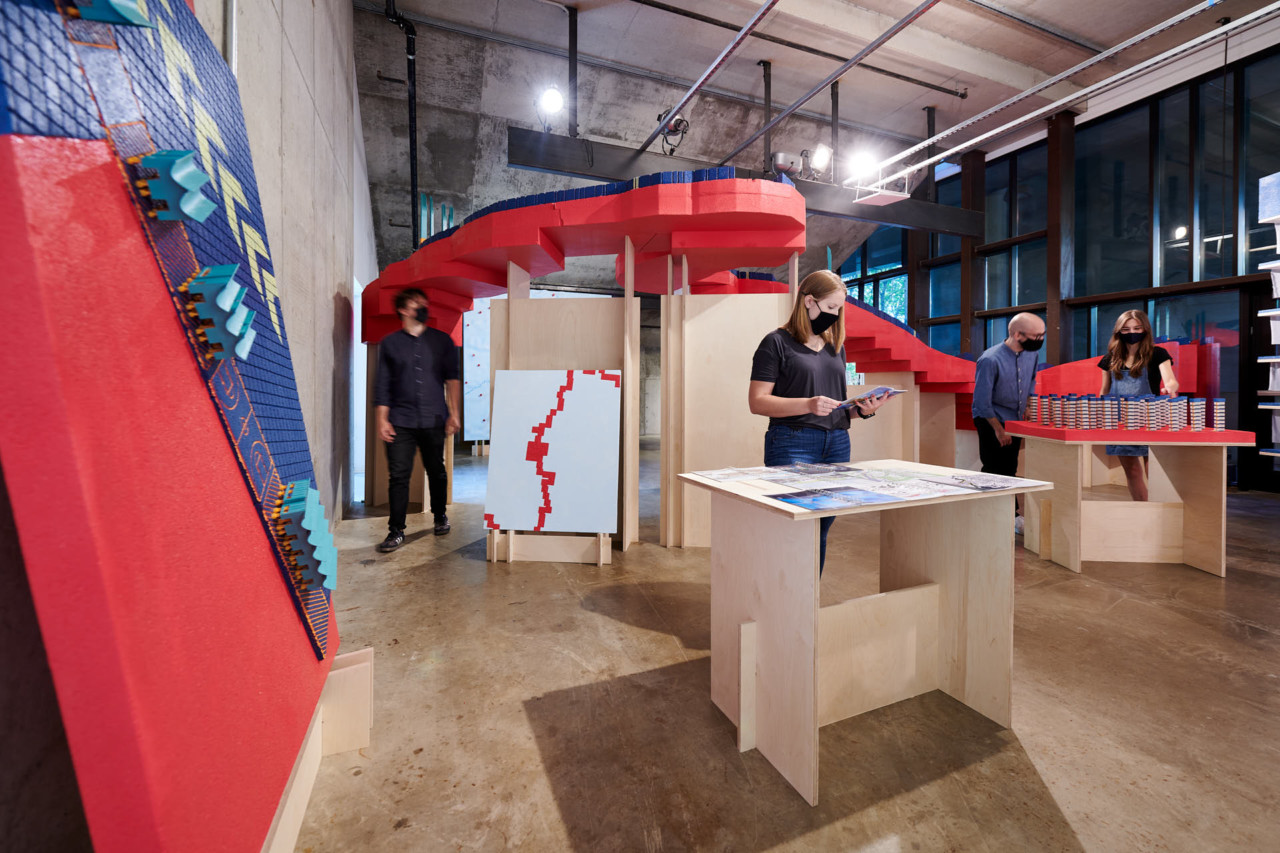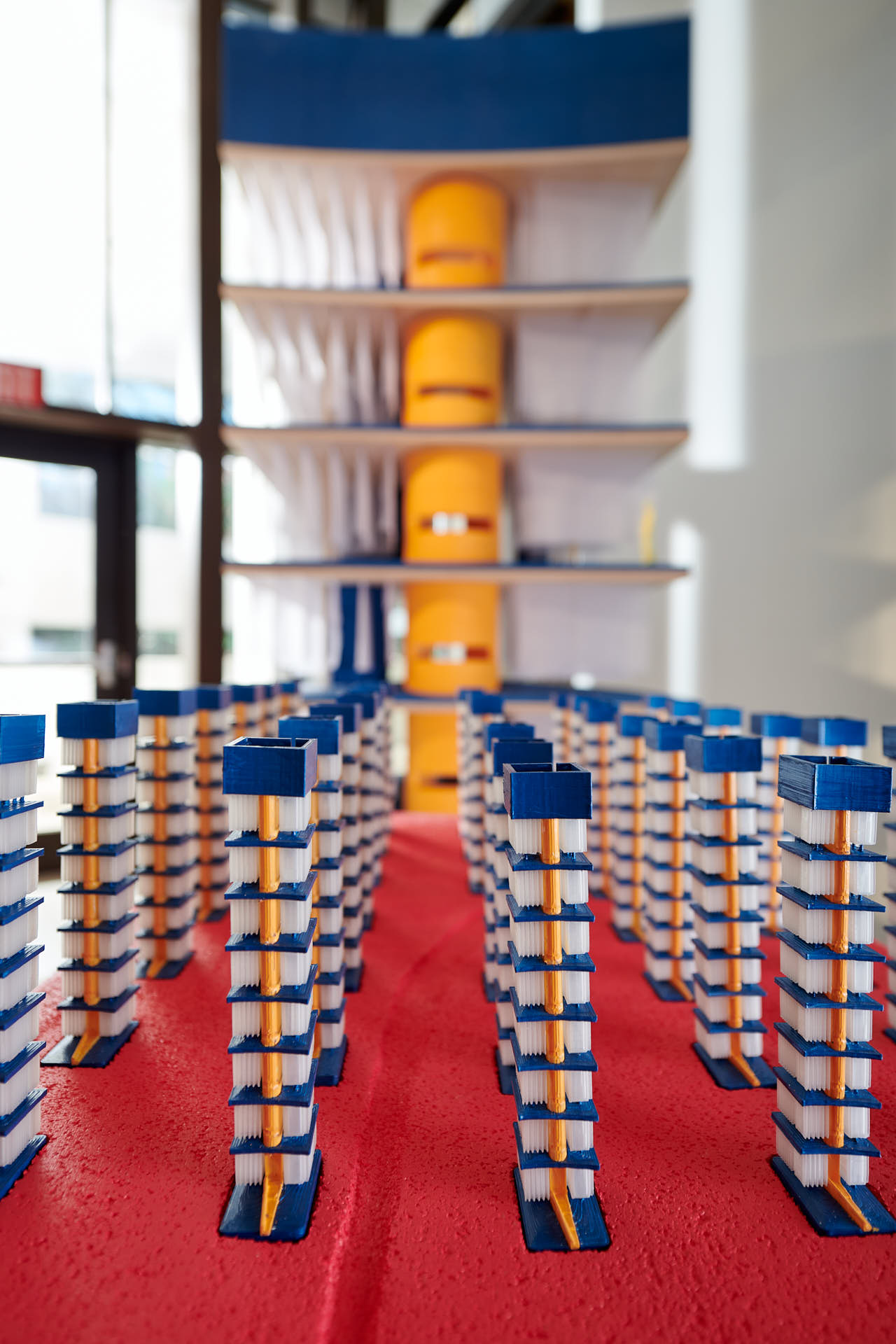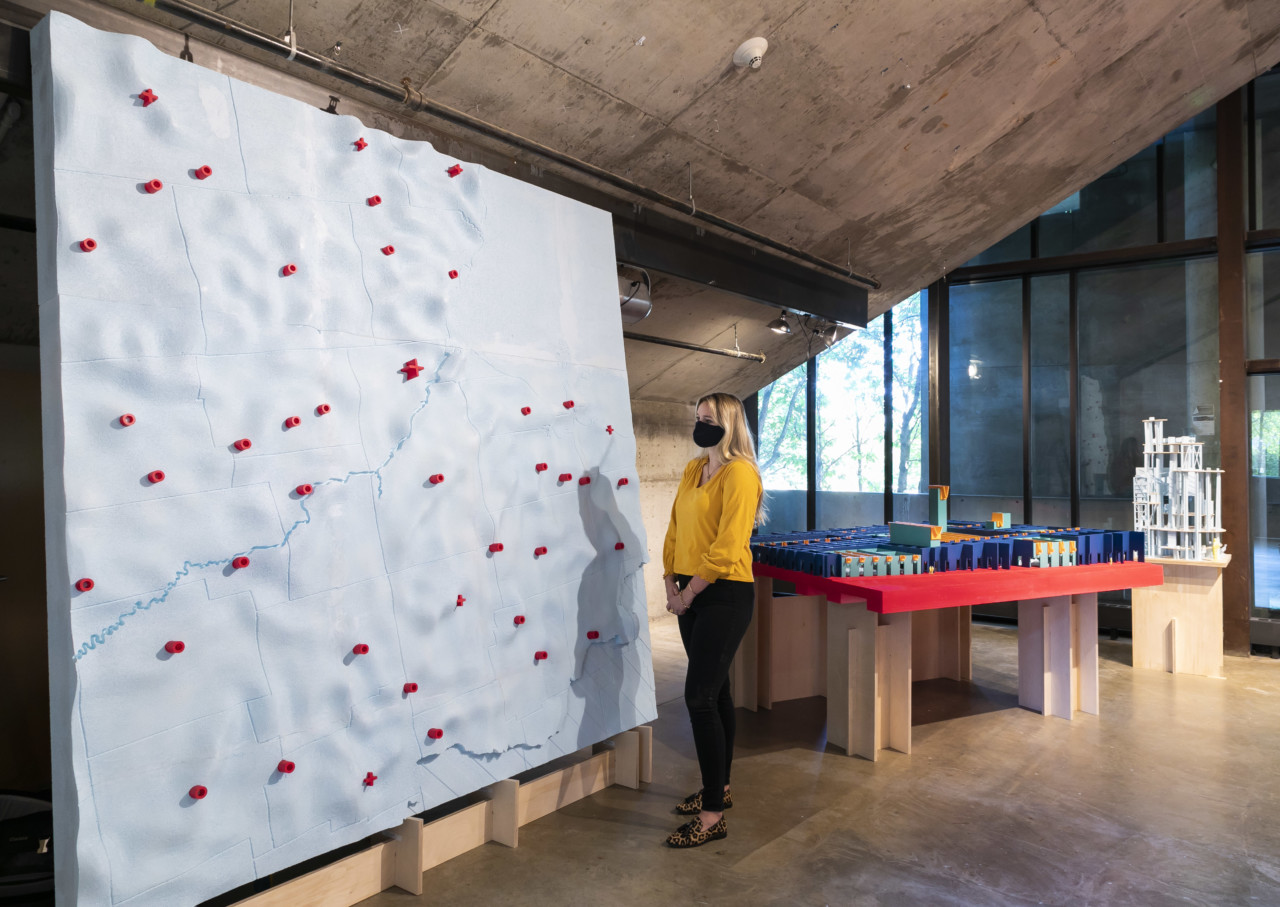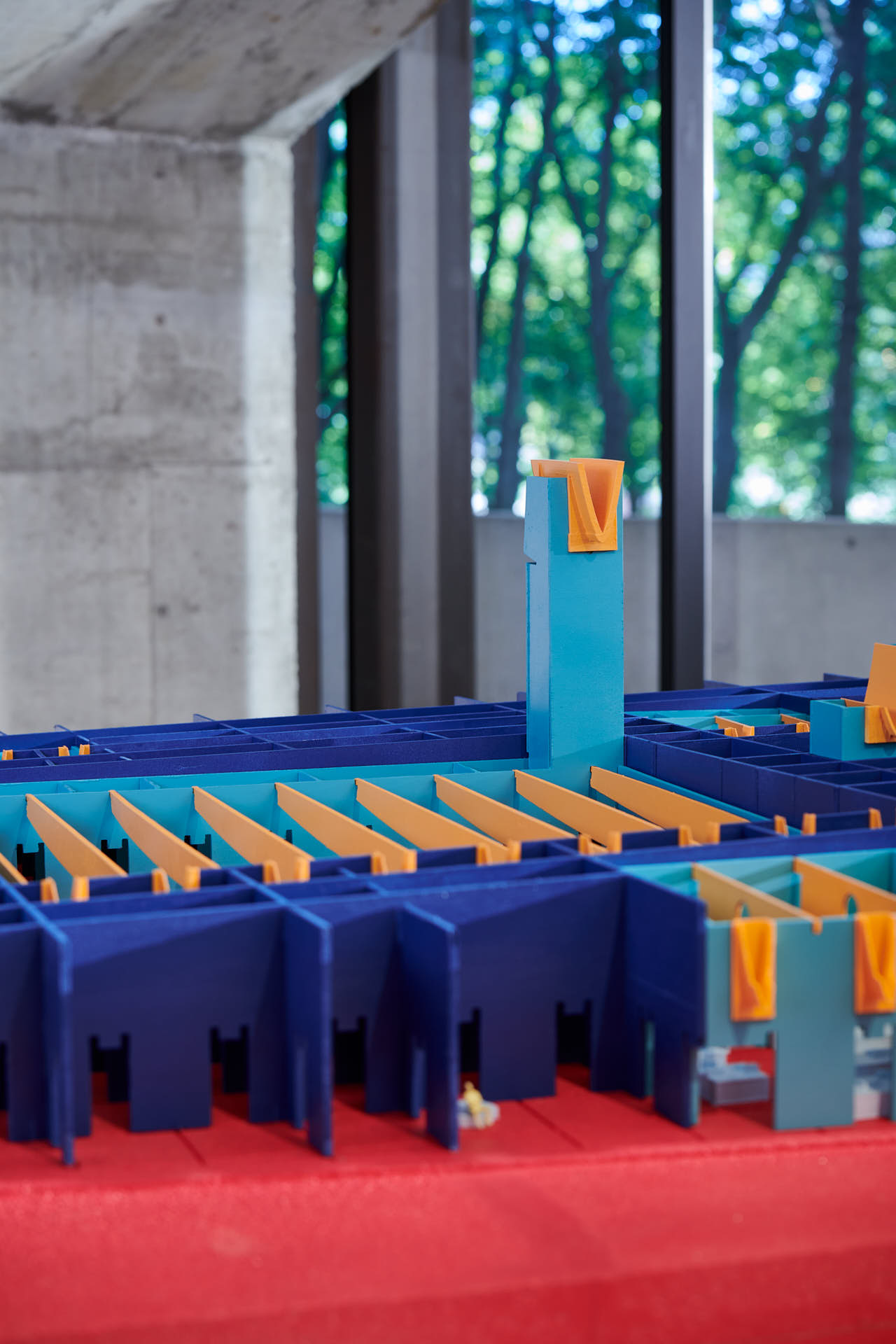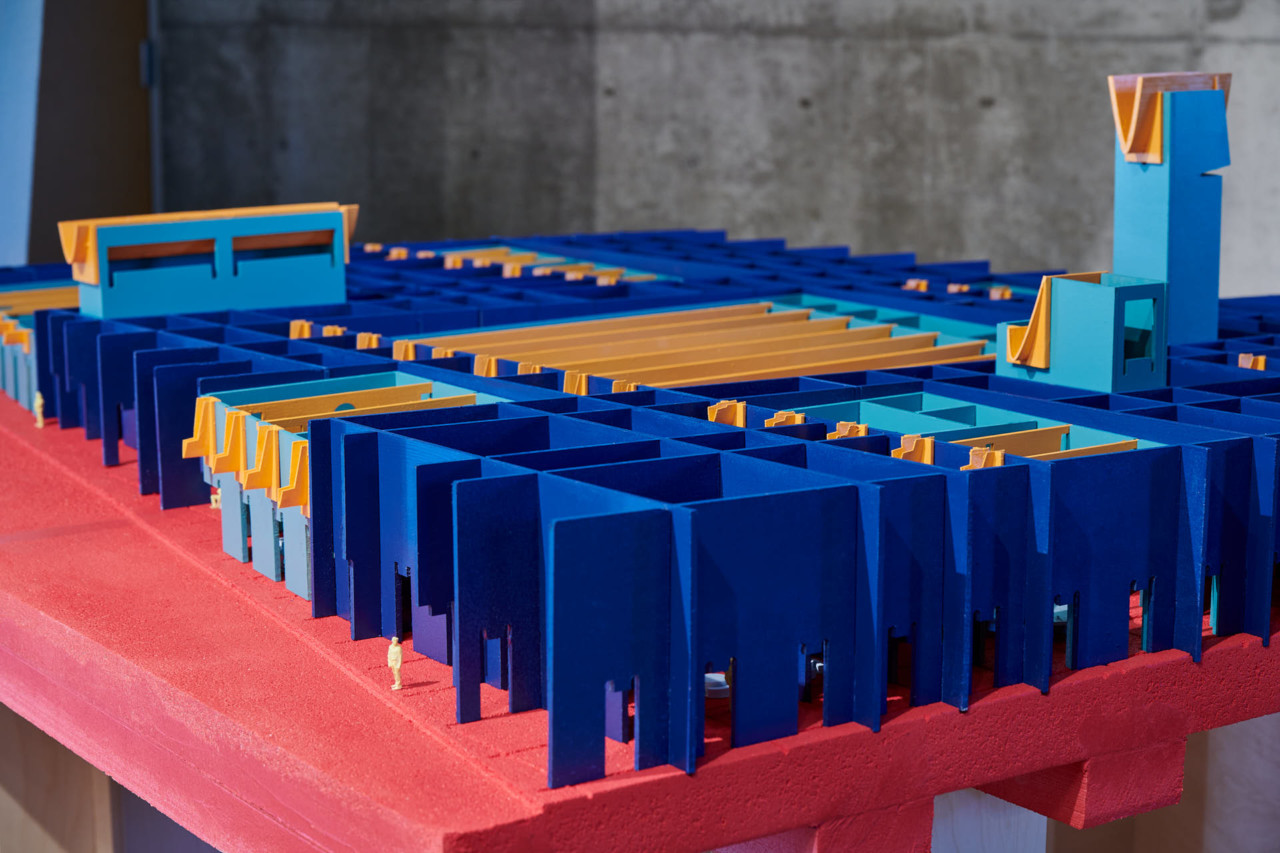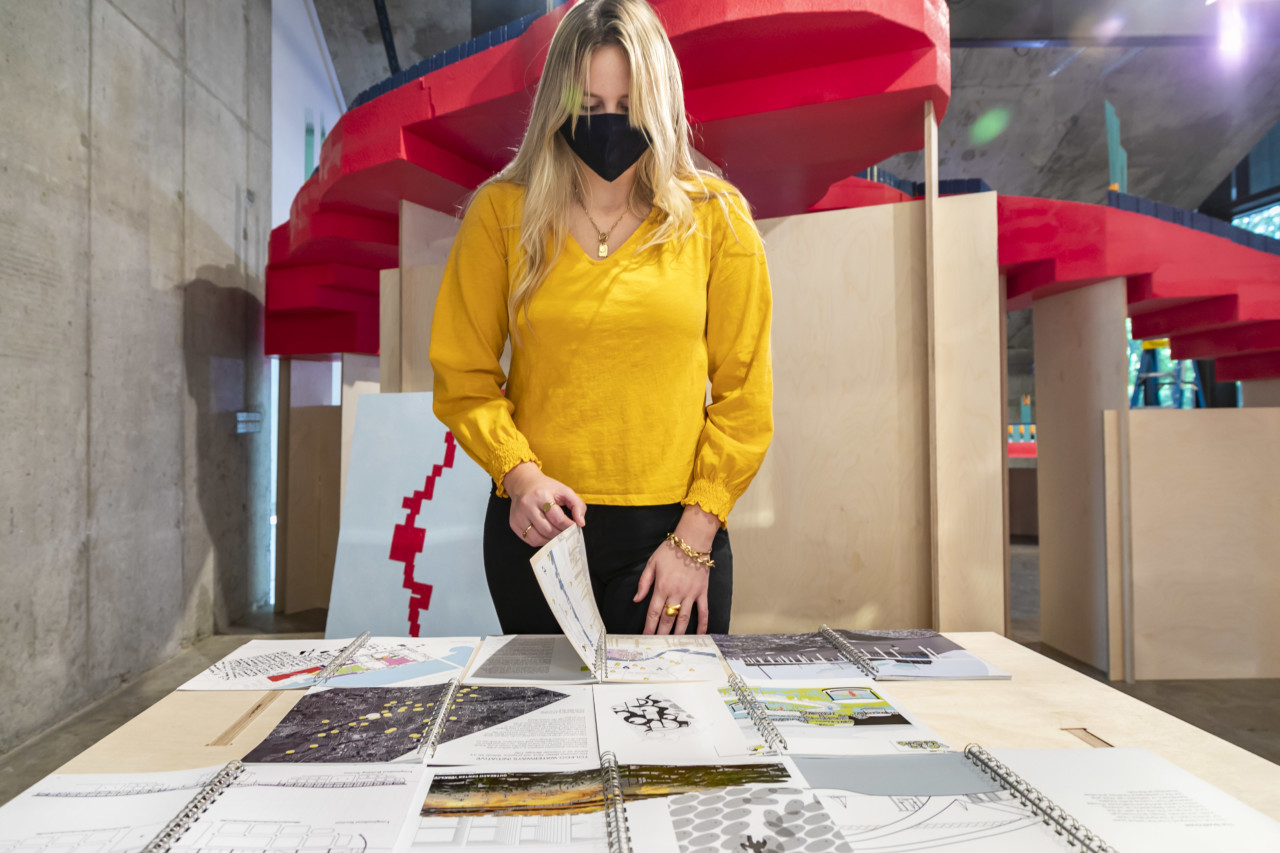The Great Lakes contains 21 percent of the entire planet’s freshwater supply, and the five interconnected lakes touch Illinois, Indiana, Michigan, Minnesota, New York, Ohio, Pennsylvania, and Wisconsin, (and Ontario), making it one of, if not the most important body of water in the United States.
As such, the Great Lakes Compact, signed into law on December 8, 2008, stipulates that the states in the Great Lakes Basin will collectively care for the lakes and that water can’t be withdrawn beyond the basin. On February 26th, 2019, the Lake Erie Bill of Rights was approved in Toledo, Ohio, which gave the lake its own legal standing—and city residents the power to sue polluters responsible for the algae blooms plaguing the lake (the bill was struck down earlier this year as unconstitutional). In June of 2019, an earlier ruling allowing electronics manufacturer Foxconn to divert 7 million gallons of water a day from Lake Michigan to their unfinished Wisconsin plant outside of the basin was upheld, putting what some critics called the first crack in the Great Lakes Compact.
All three stories inspired the creation of the Great Lakes Architectural Expedition, a fake architecture and research office actually run by Galen Pardee (who curated and designed the show), whose work and archives are now on display at the Banvard Gallery at Ohio State University’s Knowlton School of Architecture. In The Great Lakes Architectural Expedition, the work of the fictional firm explores designing for a non-human client; in this case, the Great Lakes Compact itself. As the “studio” describes its own mission in the exhibition description:
“[…] entrusted with protecting the spirit of the Great Lakes Compact, researching and designing the Watershed’s public realm, and advocating for the Compact’s human, non-human, and material subjects. The Expedition’s mission has prompted a fundamental re-thinking of architecture’s role in the Great Lakes Megalopolis—engaging legal and physical terrains with equal dexterity, expanding architectural practice with non-human client structures, and transforming architects into agents for public materials in a world of increasing scarcity.”
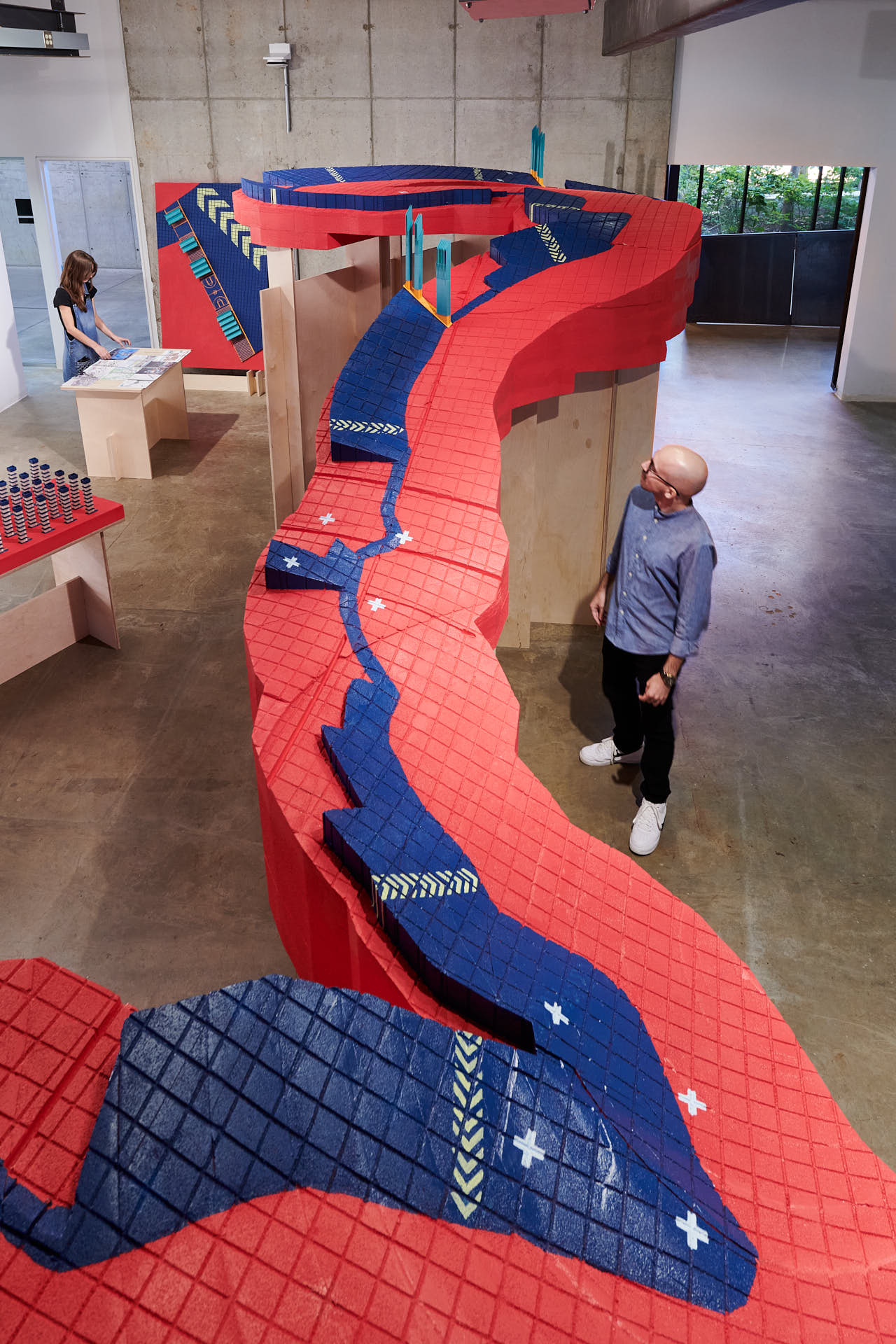
Aside from glimpses of the inner workings of the fantasy architectural collective, The Great Lakes Architectural Expedition has three of their “projects” on display:
The Last Impervious Surface in Portage County Ohio focuses on the Portage County Spillway a 30-mile long megastructure similar to an aqueduct that channels enough rainfall to provide clean water to the residents of Akron, Ohio. The structure is 500 feet wide and 5 feet tall, and the exhibition demonstrates how the Great Lakes Architectural Expedition repurposed it into a public space for the entire county, and eventually spearheaded a ban on new projects with impervious surfaces across Portage County.
In The Maumee Basin Phosphorus Coop, Pardee envisions partnering with farmers in the Maumee River watershed basin outside of Toledo and local lawmakers to install a network of algae scrubbers that would filter water and remove agricultural runoff before it reached Lake Erie, preventing algae blooms.
The Parliament for a Material World has been imagined as a center in the Expedition’s Toledo headquarters, where representatives for Lake Erie’s watersheds can gather and argue for new Expedition projects. Classrooms, pavilions leading to the lake, offices, public plazas, and conference rooms would all mingle, as the Expedition worked towards fulfilling its roles educators and advocates.
The Great Lakes Architectural Expedition opened on September 2 and will run through October 16. Pardee will close out the show with a lecture about his work on October 14.






